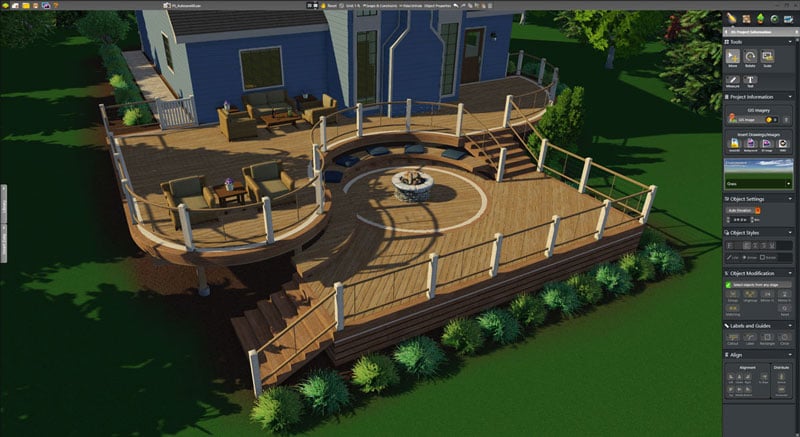


It saves them time, and it saves the customer money!Īt Hollandia, we have been using 3D design since the software was first introduced. Landscape foremen love to have the 3D visual of the project before they begin the work. However, jobs with significant elevation changes can be difficult to read no matter how much experience crew leaders have. Crew leaders are usually trained to read a 2D blueprint. Installers also greatly benefit from 3D design. With 3D design, these options can quickly be replaced within seconds, providing an instant visual to the customer and preventing headaches down the road. Perhaps the customer would prefer a different brick paver option or doesn’t like a particular tree that the designer recommends. With 3D software, a designer can alter the design much more quickly than with traditional 2D design, sometimes even during the initial presentation. While a designer is never looking for this outcome, it’s a win-win for everyone if changes can be made before a shovel hits the ground. As a potential customer, you’d much rather realize upfront that you’d like the design to be changed.

The property owner will be able to visualize what the landscape team plans to implement on their property. Even the sun and shade conditions can be altered to match individual properties. The designer will show proposed plant and hardscape materials. The new design will look almost identical to what the landscape crew will actually install for them. They can sit down in front of a television and be walked through a 3D model of their space, with all of the buildings and terrain matching their existing property. Customers can now see exactly what their yard or outdoor space will look like before they agree to move forward with their project. If the end product does not match the customer’s expectations, it can be incredibly frustrating for them to realize that they’re paying for something different than what they’d visualized.įortunately, design in the landscaping industry is changing for the better thanks to 3D design software. The home or business owner must trust their designer to implement the landscape project of their dreams. Elevation changes and the size of various plants or objects are difficult to convey in 2D. Even the best drawn 2D plans can be difficult to understand. Landscape designers traditionally present home or business owners with a 2D blueprint that shows the outline of the home and property and includes symbols for plants and hardscapes. Have you ever been presented with a landscaping design or contract and felt that you couldn’t visualize exactly what the final product would look like? Unfortunately, this happens all too often.


 0 kommentar(er)
0 kommentar(er)
